By: Rana Nabati
Rana Nabati holds an Engineering degree from the University of California, Berkeley and started off her Tech career in San Francisco. However, her true passion was in the world of fashion, which led her to move to New York City. She studied Fashion Business Management at the Fashion Institute of Technology followed by an MBA, specializing in Luxury Marketing from New York University, Stern School of Business. In the past 10 years, Rana has worked with global fashion and luxury brands such as Louis Vuitton and Dolce & Gabbana, as well as museums and art institutes, including the world-renowned Metropolitan Museum of Art
As Heraclitus—the pre-Socratic Greek philosopher—said, “the only thing that is constant is change”, and this very statement embodies what fashion is all about. Looking back at the history of fashion, it is apparent that the changes in fashion trends and adaptation of new styles are highly influenced by the socioeconomic, cultural, and sociopolitical environment of the time. Although the evolution of fashion has been quite gradual throughout the history, there are a few defining moments and radical shifts in the world of fashion that unsurprisingly coincide with major historical events and cultural transformations.
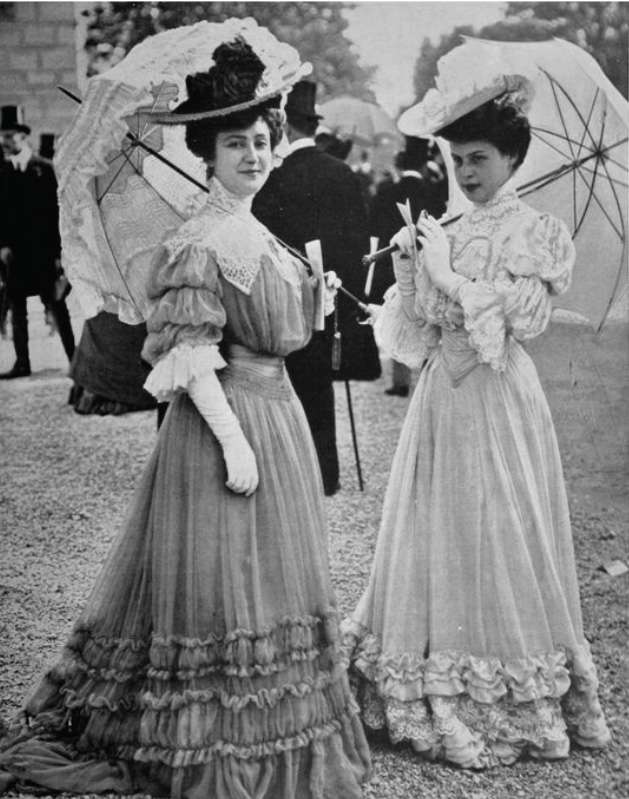
In the 1800s and early 1900s, fashion was synonymous with sheer opulence and extravagance. Women’s clothing silhouettes were extremely complex and consisted of bustled dresses, voluminous floor-length skirts made of luxurious heavy fabrics, tightly laced boned corsets, hats adorned with piles of feather and flowers, and heavily embellished accessories. However, the outbreak of World War I in 1914 forever changed women’s fashion and a new era of style was born out of necessity. During the war, the lives of women, even the rich, required them to walk, bike, ride buses, and even drive ambulances, which meant they needed clothing that allowed them to move about freely. Gabrielle “Coco” Chanel was at the forefront of modern fashion with her innovative, simplistic and practical designs that reflected this new austerity during the war but also created a minimalist trend that continued well into the post-war era. She completely eliminated the corset and her loose-fitting designs were made of light weight fabrics with higher hemlines.
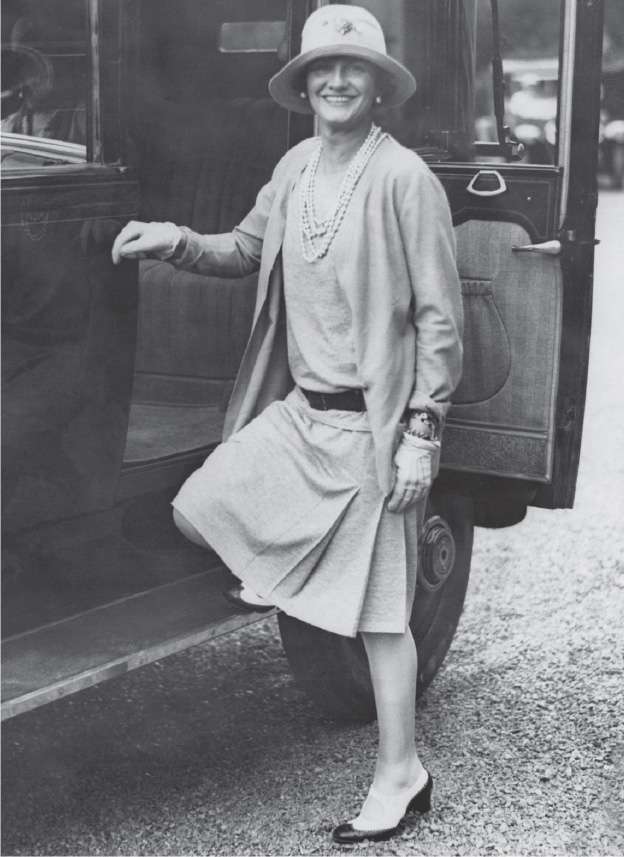
An avid equestrienne and tennis player herself, she was one of the first designers who made pants and sportswear for women. Coco Chanel freed women of restrictive clothing and spearheaded the fashion industry into the modernism era, which already had widespread support in the art and literary world.
Another radical shift in history, which is believed to have revolutionized fashion, was the creation of the “New Look” by Christian Dior. Dior’s first runway show in 1947 after the second World War was a direct backlash to the somber wartime uniform. The collection reveled in the unapologetic luxurious and lavish styles of the late 19th century, which was reinterpreted and redefined for the modern woman. The New Look was a resounding success among the war-weary population and evoked a sense of optimism and hope for a better future. Over 70 years after the conception of the New Look, Christian Dior’s visionary designs continue to influence and inspire today’s fashion designers.
Up and Coming Designer- Lablanche by Arezoo Nabaei-
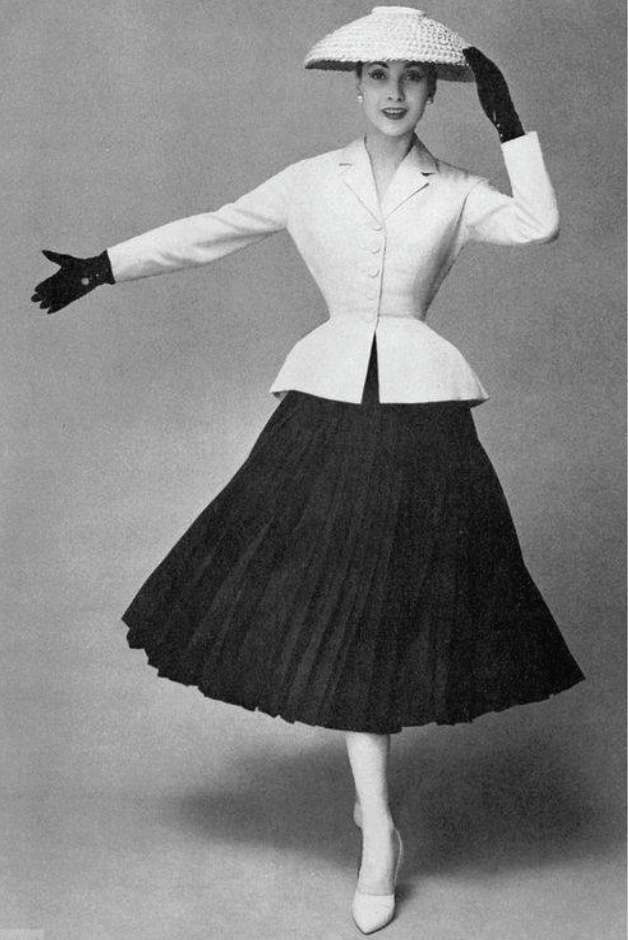
The next turning point on the fashion history timeline would be the 1960s and the dramatic impact of youth culture on the fashion industry. This is the decade of the counterculture movement and social revolution in which the youth rebelled against the establishment and refused to conform to the conservative rules of the past. During this era, Pop Art was born to democratize the arts by erasing the boundaries between “high” art and “low” culture, bringing popular culture into the arts and making it available to the masses. In parallel to the Pop Art movement, a new wave of young fashion designers challenged the dominance of Paris couture as the global fashion authority and broke the hierarchical traditions to democratize fashion and make it accessible to all social classes.
Mary Quant, the prominent London-based designer who is credited with creating the highly popular and controversial miniskirt, once said “we wanted to increase the availability of fun for everyone. We felt that expensive things were almost immoral and the New Look was totally irrelevant to us.” Her audacious statement strikingly captures the essence of everything that the 1960s youth stood for. The daring and provocative trends of the Sixties forever changed the face of fashion by blurring the gender lines, embracing bold colors and unusual silhouettes, and experimenting with new materials.
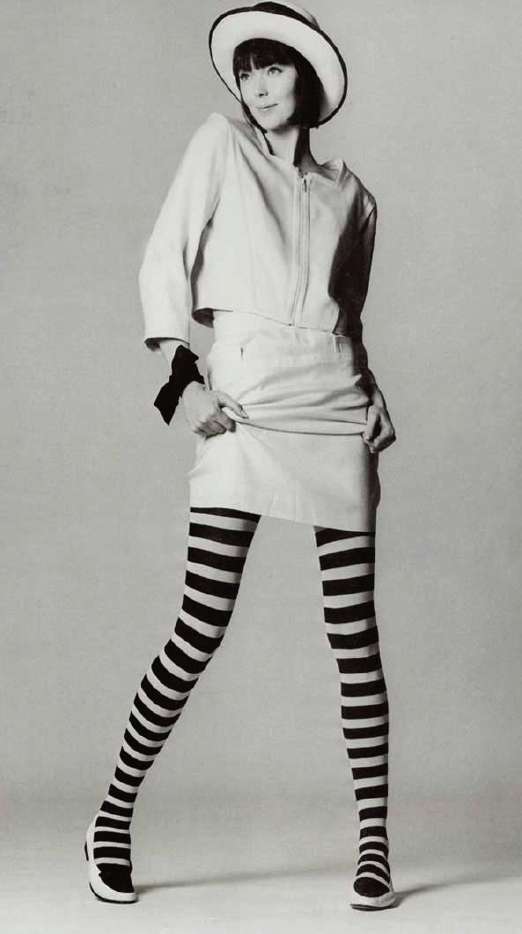
Fast forward to the 1990s and the rise of streetwear, which was the beginning of a major transformation in the fashion industry. The streetwear movement originated in California from the casual and care-free skateboarding and surf culture. The trend moved its way from Los Angeles to New York with the opening of Supreme as a skateboard and clothing store in 1994, which quickly established a cult following. The streetwear trend—defined by having its roots in the streets and everyday lives of ordinary people and taking inspiration from popular culture and commonly used objects—started with small niche brands but quickly took off. Streetwear’s down-to-earth quality and inclusive nature was highly relatable to the generation of Millennials who pushed back against the elitist culture, valued diversity, inclusion, and equality, and sought social justice for all.
By the 2010s, the trend had become mainstream and streetwear brands such as Alexander Wang, OFF-WHITE, and Vetements have since taken the fashion world by storm and managed to surpass some of the world’s most prominent fashion houses in popularity and demand. The streetwear phenomenon completely overhauled the traditional dynamics of trend-setting within the fashion industry. Historically, styles and trends were strictly dictated by few established fashion
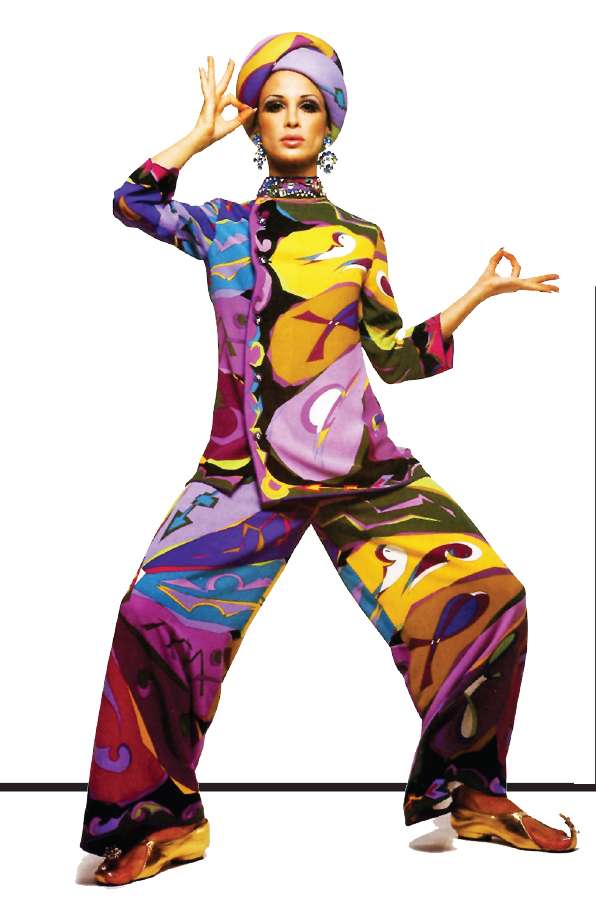
COVID-19 & The Fashion Industry’s
houses and followed the trickle-down model. Trends started on the high fashion and couture runways, accessible only to the wealthiest upper class, and were eventually imitated by contemporary and fast fashion brands for the mass market. Today, for the first time in the history of fashion, the highest echelons of the industry take trend inspiration and direction from streetwear brands and mass culture and we have streetwear designers such as Virgil Abloh—founder of OFF-WHITE and current creative director of Louis Vuitton Men’s—and Demna Gvasalia—founder of Vetements and current creative director of Balenciaga—at the helm of some the most prestigious and prominent fashion houses in the world.
It is hard, if not impossible, to predict what the future holds for fashion, but one thing is certain and that is constant change. Whether these changes and trends are evolutionary or revolutionary, will highly depend on the global political, cultural, and social climate and how these transformations get reflected in the world of fashion.

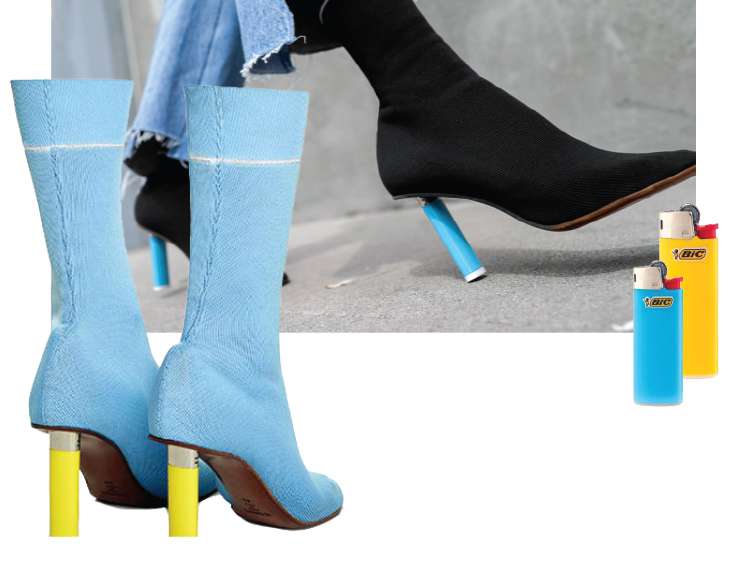
As the highly regarded fashion designer Tom Ford said: “Real fashion change comes from real changes in real life. Everything else is just decoration.”



